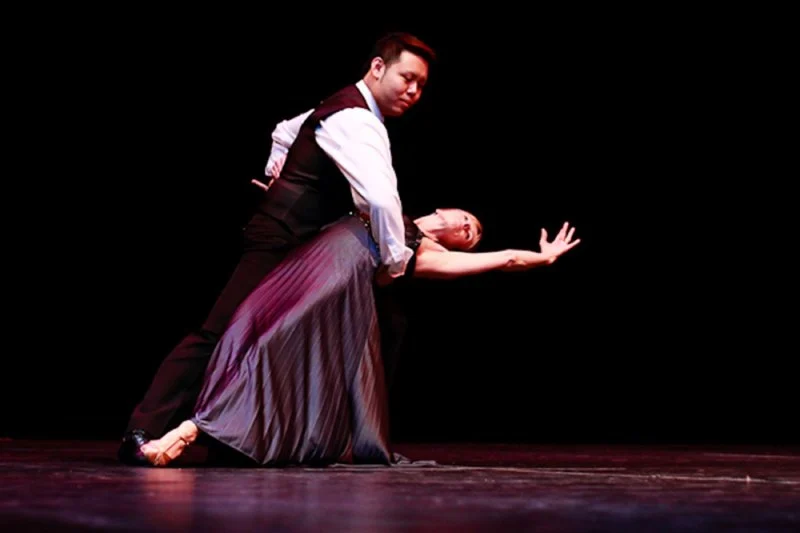
- 1. Why Waltz is a Great Fitness Choice
- 2. Benefits of a Waltz Fitness Routine
- 3. Step-by-Step Guide to Learning the Waltz
- 4. Common Mistakes to Avoid While Dancing
- 5. Waltz Fitness for All Ages and Fitness Levels
- 6. Why Choose American Dance Academy
1. Why Waltz is a Great Fitness Choice
The waltz is not only an elegant and timeless dance style, but it also offers a great full-body workout. This dance combines rhythm, coordination, and controlled movements, making it an effective way to improve cardiovascular health, flexibility, and muscle tone. It’s a low-impact activity that’s easy on the joints but still provides a good physical challenge. Whether you’re looking to stay fit or want to add some fun to your exercise routine, waltz is a fantastic option.
2. Benefits of a Waltz Fitness Routine
When you integrate waltz into your fitness routine, you can expect several benefits:
- Improved Cardiovascular Health: Dancing for extended periods helps increase heart rate, improving overall heart health.
- Enhanced Coordination and Balance: The waltz’s graceful movements improve coordination and help you build balance.
- Strength and Flexibility: The varied steps and posture required in waltz dance strengthen the muscles, while also improving flexibility.
- Mental Health Benefits: Dancing releases endorphins, which can help reduce stress and improve your mood.
Waltz is a full-body exercise that engages muscles you might not regularly use in other forms of fitness. It's perfect for anyone looking to make fitness fun while reaping the benefits of dance.
3. Step-by-Step Guide to Learning the Waltz
If you're new to waltz, the process can seem intimidating. However, with the right approach and practice, you can master the routine. Here’s a basic guide to get you started:
- Understand the Basics: Waltz is danced to 3/4 time, with a basic step pattern of “slow, slow, quick, quick.” The rhythm is crucial for keeping the flow of the dance smooth.
- Footwork: Start by learning the basic steps. For the leader (usually the man), start by stepping forward with the left foot, followed by a step with the right foot, and then bringing the left foot together. For the follower (usually the woman), start by stepping backward with the right foot, followed by a step with the left foot, and then bringing the right foot together.
- Posture and Hold: Maintain good posture by keeping your chest lifted and shoulders back. The hold is important: one arm should be placed on your partner's shoulder blade, while the other arm should hold your partner’s hand, keeping your bodies close together.
- Practice Balance and Movement: Focus on smooth, continuous movement and fluid transitions from one step to the next. The key to good waltz is balance and fluidity, so practice moving with your partner while maintaining the rhythm.
With time, these movements will become more natural, and you will be able to dance with more confidence and grace.
4. Common Mistakes to Avoid While Dancing
While learning to waltz, there are a few common mistakes that many beginners make. Avoiding these will help you improve faster:
- Over-leaning Forward: It’s important to maintain a straight posture. Avoid leaning too far forward, which can throw off your balance and affect the flow of the dance.
- Rushing the Steps: Many people tend to rush their steps, but it’s essential to take your time and maintain the rhythm of the dance.
- Incorrect Foot Placement: Pay attention to your foot placement. Placing your foot too far forward or out of alignment can cause stumbling and disrupt the flow of the dance.
By being mindful of these mistakes and practicing consistently, you’ll be able to improve your waltz technique and enjoy the benefits of this beautiful form of exercise.
5. Waltz Fitness for All Ages and Fitness Levels
One of the great things about waltz is that it can be enjoyed by people of all ages and fitness levels. Whether you’re a young adult looking to stay active or an older individual seeking low-impact exercise, waltz provides an excellent workout.
For older adults, waltz is gentle on the joints and can help with balance, flexibility, and overall mobility. It’s a wonderful choice for maintaining or improving fitness, especially as it combines both mental and physical exercise. For beginners, the simple waltz steps allow for an easy start, and you can gradually work your way up to more complex routines as you get stronger.
6. Why Choose American Dance Academy
If you're looking for expert instruction to master the waltz or other dance routines, the American Dance Academy is the perfect place to start. With professional instructors and a welcoming environment, you'll learn the techniques and skills needed to excel in waltz while improving your fitness. Whether you're a beginner or looking to refine your technique, the American Dance Academy offers a range of classes for all levels.
Visit our website to find out more about our classes, instructors, and how we can help you become a waltz pro!
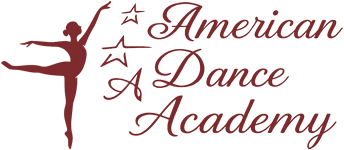

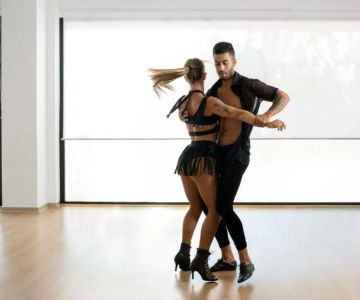
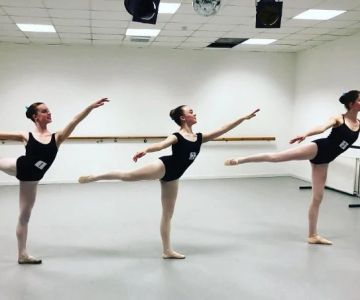
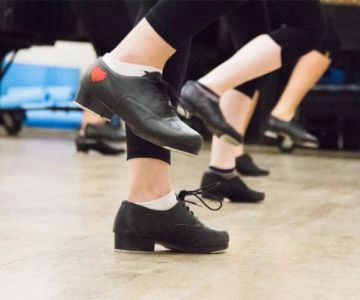
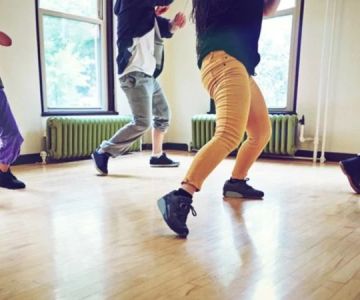
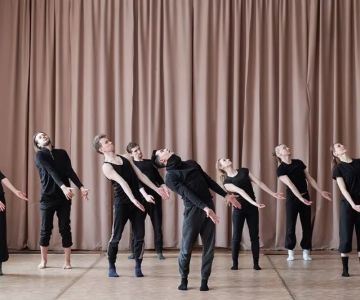
 Studio One Dance Center4.0 (112 reviews)
Studio One Dance Center4.0 (112 reviews) Freckled Frog Dance Studio3.0 (16 reviews)
Freckled Frog Dance Studio3.0 (16 reviews)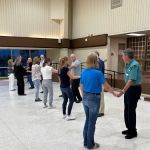 Bay Area Whip Dance Club0.0 (0 reviews)
Bay Area Whip Dance Club0.0 (0 reviews) Dirigo Conservatory of Movement0.0 (0 reviews)
Dirigo Conservatory of Movement0.0 (0 reviews) Stage Right!4.0 (23 reviews)
Stage Right!4.0 (23 reviews) PunchFront Athletics4.0 (100 reviews)
PunchFront Athletics4.0 (100 reviews) Why Tango Is a Popular Workout: Benefits and Why You Should Try It
Why Tango Is a Popular Workout: Benefits and Why You Should Try It Why Waltz is Popular for College Students
Why Waltz is Popular for College Students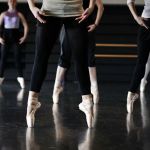 Can a High Schooler Choreograph a Dance? Here’s What You Should Know
Can a High Schooler Choreograph a Dance? Here’s What You Should Know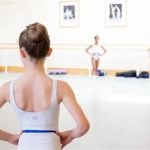 A Place to Dance: Exploring the Royal Ballet School's Legacy and Its Inspiration
A Place to Dance: Exploring the Royal Ballet School's Legacy and Its Inspiration K-Pop Dance for Beginners – What You Need to Know
K-Pop Dance for Beginners – What You Need to Know Why A Step Above School of Dance LLC OK Is a Top Choice for Young Dancers
Why A Step Above School of Dance LLC OK Is a Top Choice for Young Dancers